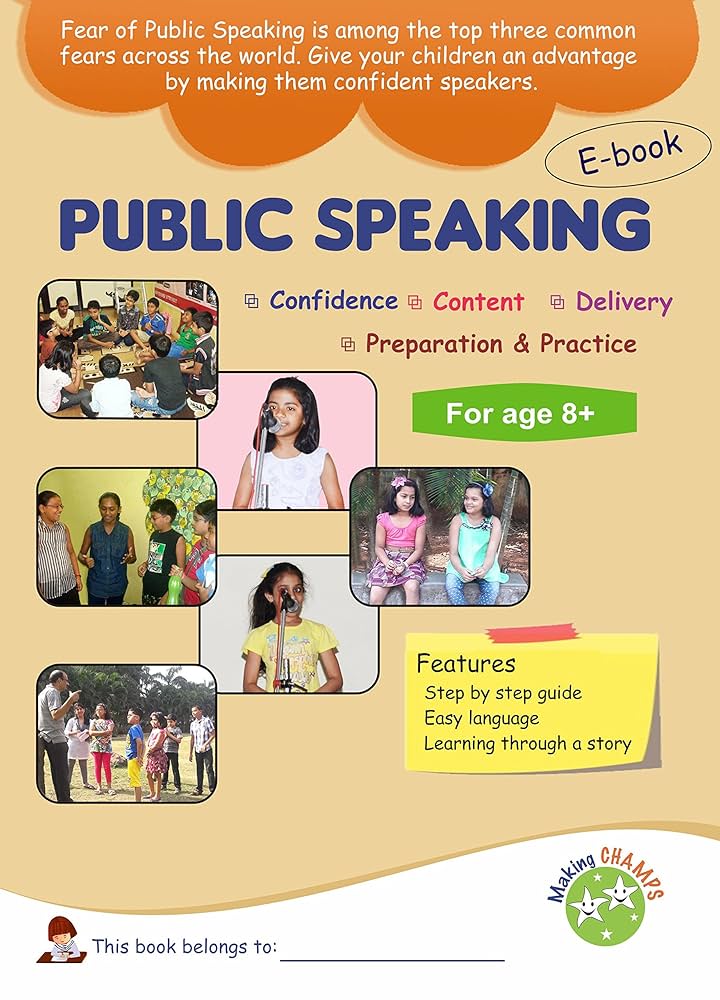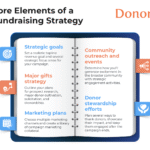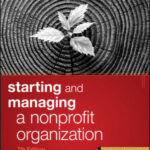Public Speaking for Kids: A Comprehensive Guide to Building Confidence
Introduction: Why Public Speaking Matters for Kids
Public speaking is an essential skill that can benefit children throughout their lives. Whether it’s for a school presentation, a community event, or future professional opportunities, being comfortable speaking in front of others helps kids develop confidence, leadership, and communication skills. Learning public speaking at a young age can set the foundation for success in both academic and personal life.

1. The Benefits of Public Speaking for Kids
1.1 Boosts Confidence and Self-Esteem
One of the most significant advantages of public speaking is its ability to boost confidence. When children learn how to express their thoughts clearly and persuasively, they develop a sense of self-assurance. The experience of speaking in front of an audience helps reduce fear of judgment and encourages kids to believe in their abilities.
1.2 Improves Communication Skills
Public speaking requires children to articulate their ideas clearly, which improves their verbal communication skills. It helps kids express their thoughts logically and persuasively. As children practice speaking, they also learn how to adjust their tone, pace, and body language, making them more effective communicators.
1.3 Enhances Critical Thinking and Organization
When preparing for a speech, kids learn to organize their ideas logically. They must think critically about the message they want to convey and structure their content in a way that’s easy for their audience to follow. These skills translate into better performance in other areas, such as writing, problem-solving, and academic projects.
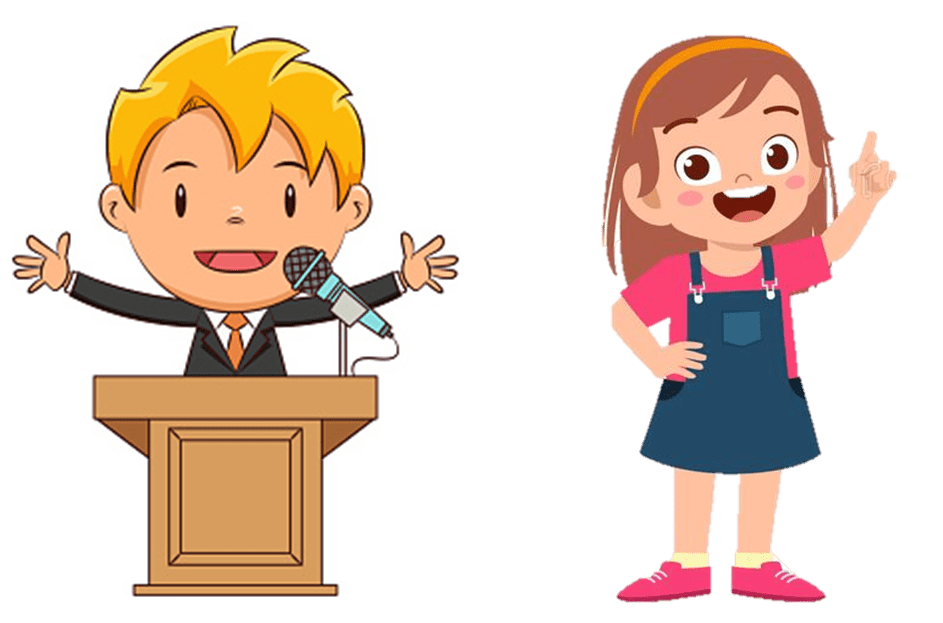
2. How to Get Kids Interested in Public Speaking
2.1 Start with Fun and Engaging Activities
The best way to get kids interested in public speaking is to make it fun! Start with show-and-tell activities where children share something they love with their family or friends. Allow them to express their ideas on topics they are passionate about. This can be anything from favorite hobbies to a book they’ve recently read.
2.2 Use Storytelling to Spark Imagination
Kids love stories, and storytelling is a powerful tool in public speaking. Encourage children to tell personal stories or make up creative stories that they can share with an audience. As they narrate, they will learn how to organize their thoughts, build excitement, and use emotions to engage their listeners.
2.3 Introduce Public Speaking Games
Turn public speaking into a game! There are many fun games designed to improve speaking and presentation skills. For example, impromptu speaking challenges can encourage kids to think on their feet. Activities like “pass the ball,” where kids take turns speaking for a minute on a random topic, can also be engaging and educational.
3. Key Elements of Effective Public Speaking for Kids
3.1 Clear Voice and Good Projection
One of the first skills kids need to learn is how to project their voice so that everyone in the audience can hear them. Encourage kids to speak loudly and clearly without shouting. Practicing breath control and enunciation will help them develop a clear, confident voice.
3.2 Body Language and Gestures
Body language plays a critical role in public speaking. Teach kids how to stand tall with a relaxed posture, make eye contact with their audience, and use gestures to emphasize their points. Proper body language conveys confidence and keeps the audience engaged.
3.3 Eye Contact
Eye contact is an important part of connecting with an audience. Teach children to look at their audience as they speak, but remind them that it’s okay to glance around the room to avoid staring at one person. This helps maintain engagement and shows that they are confident.

3.4 The Power of Pauses
Pausing while speaking is an effective technique that many public speakers use to emphasize points or allow the audience time to process the information. Teach kids how to use pauses to their advantage, ensuring they don’t rush through their speech. Breathing during pauses also helps maintain control and calmness.
4. How to Practice Public Speaking with Kids
4.1 Start Small with Family and Friends
For children who are just starting to learn public speaking, practicing in a comfortable environment is key. Start by having them speak in front of their family or friends. This provides a safe space where they can gain confidence without the pressure of a larger audience.
4.2 Use Video Recording
Recording their practice sessions on a phone or camera can help kids review their performance. They can watch themselves to identify areas of improvement, such as tone, posture, or pacing. This visual feedback can be extremely valuable for refining their skills.
4.3 Join a Public Speaking Club
Many schools and community centers offer clubs where kids can practice public speaking in a supportive group. Organizations like Toastmasters have youth programs that allow kids to develop their speaking skills while receiving constructive feedback from peers and mentors.
5. Common Challenges in Public Speaking for Kids
5.1 Fear of Speaking in Front of Others
Many kids experience nervousness or anxiety when speaking in front of others. It’s important to reassure children that everyone gets nervous sometimes and that practice will help them improve. Gradually increasing the size of the audience and providing plenty of positive reinforcement can help overcome this fear.
5.2 Struggling with Speaking Fluently
Some children may have difficulty speaking fluently without getting stuck or using fillers like “um” or “uh.” Encourage them to pause and take a breath rather than rushing through their speech. Regular practice will help them become more comfortable with speaking smoothly.
5.3 Overcoming Stage Fright
Stage fright is common, even among experienced speakers. Teach children relaxation techniques such as deep breathing or visualization exercises before they step in front of an audience. Helping them focus on the message they want to share instead of the crowd can help reduce anxiety.
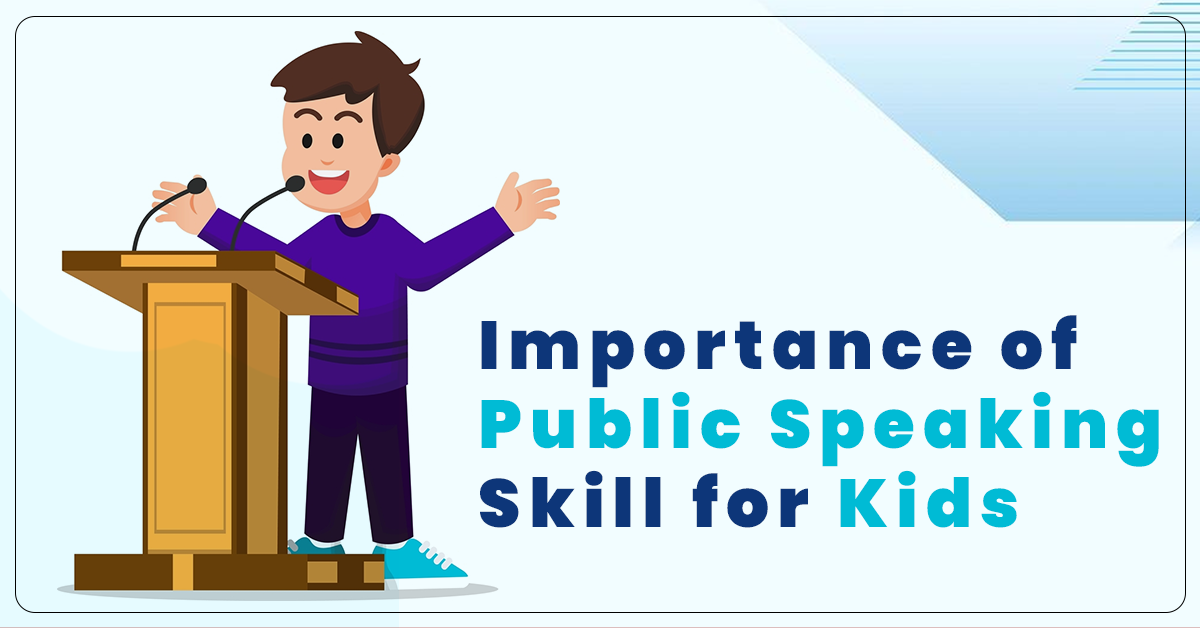
6. FAQs About Public Speaking for Kids
Q1: At what age can kids start learning public speaking?
A1: Kids can start learning the basics of public speaking as early as 3-5 years old. At this stage, children can engage in simple activities like show-and-tell and storytelling, which help build the foundation for more advanced speaking skills.
Q2: How can I help my child overcome their fear of speaking in front of others?
A2: Start with small, low-pressure situations like practicing in front of family or friends. Praise their efforts and encourage them to focus on the message rather than the audience. As they gain confidence, gradually increase the size of their audience.
Q3: Are there any online resources for teaching kids public speaking?
A3: Yes, there are many online platforms, such as YouTube or online courses, that offer tutorials and tips on public speaking. Many websites offer interactive workshops or coaching specifically tailored to kids.
Q4: How long does it take for kids to get good at public speaking?
A4: The timeline varies from child to child. However, with consistent practice and encouragement, most kids can improve their public speaking skills significantly within a few months.
Conclusion: Start Public Speaking Today
Public speaking is a skill that can benefit children in countless ways. From boosting confidence to improving communication and critical thinking, the ability to speak in front of an audience will serve them well throughout their lives. Start small, keep practicing, and encourage your child to speak up – they’ll develop lifelong skills that will help them succeed both in school and beyond.
